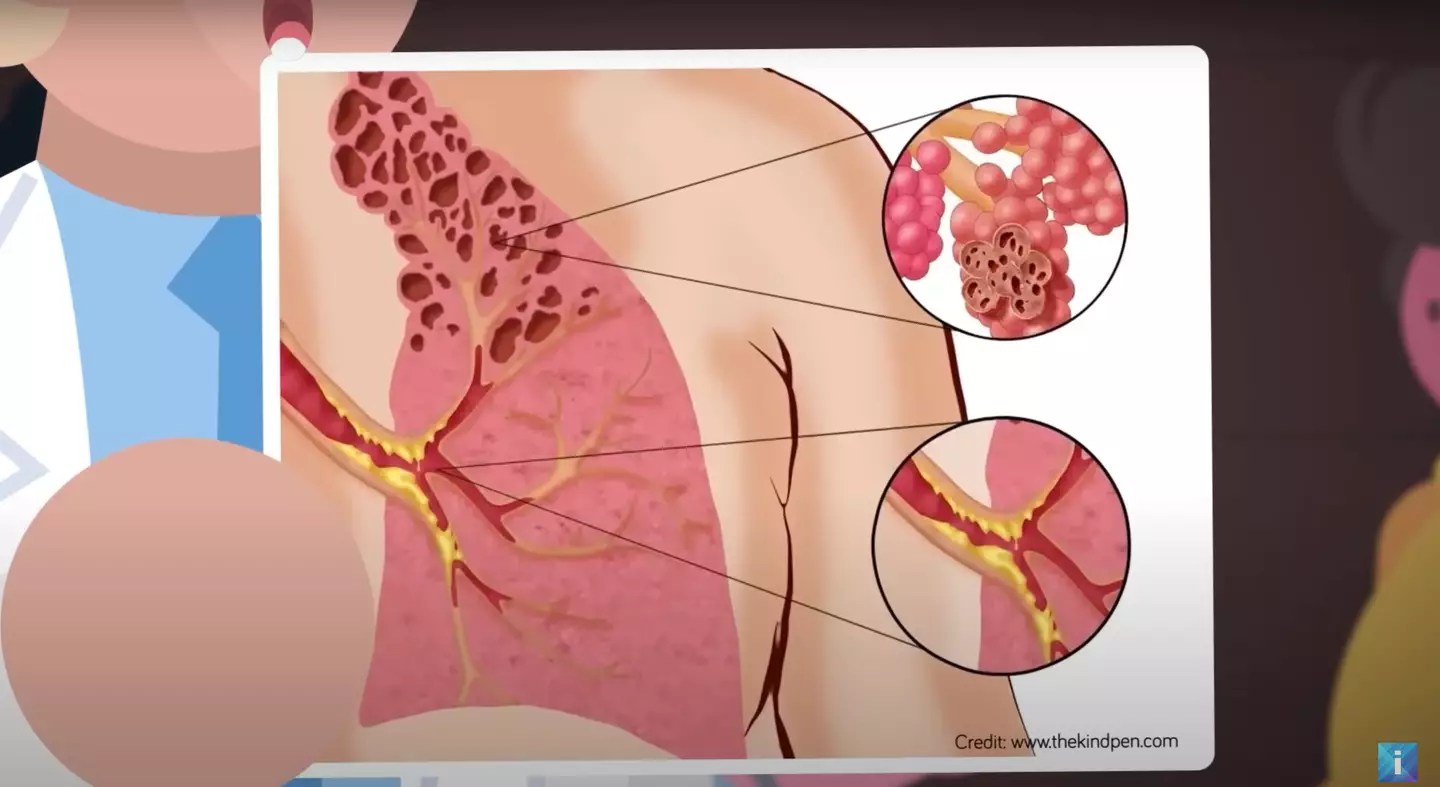A simulation of the physiological effects of vaping has shown how dangerous it may be.
It may take some time, but it appears that more individuals are starting to realize the health risks associated with vaping, as global authorities are taking action to prevent the epidemic from spreading.
In an effort to prevent kids from obtaining vapes, Keir Starmer and the UK government have pledged to outlaw cigarettes for everyone born in 2009 or later and to limit how vapes are sold in stores.
Even if these are positive developments, it’s important to understand why vaping is harmful to your health and the extent of its effects.
A mouthpiece, heating element, microprocessor, battery, and e-liquid-filled cartridge make up the majority of vapes.
The juice is vaporized and consumed like cigarette smoke when the heating element draws it out of the cartridge, although it’s typically much sweeter.
At first perceived as a ‘healthier’ substitute for smoking a cigarette, it has come to light that there are several concerns with the act of sucking on battery-operated devices.
It’s become a major issue since in 2019, there was an outbreak of over 1600 cases of unexplained lung injury in the US, of which 34 cases were fatal. Ninety-two percent of the patients acknowledged using THC vape cartridges that were sold illegally.
It is now referred to as E-cigarette or Vaping Associated Lung Injury (EVALI) and is brought on by the synthetic vitamin E acetate found in topical skin creams.
However, there are a number of other substances included in vape liquids that have little restriction.
When taken apart, the components in vape juice don’t seem all that horrible. These substances include things like vegetable glycerine, a food thickening agent, and propylene glycol, which is frequently found in food and medication.
Since there is currently very little regulation on these substances, it is possible that two of them could become poisonous when vapourized together.
Diacetyl is a prevalent artificial flavoring ingredient that gives microwave popcorn a butter flavor and flavors cold and fruity drinks.
You do not want it in your lungs, even if you have consumed it.
If you routinely use a vape, this simulation of what happens when we inhale Diacetyl from them might be enough to discourage you from using them.
A chronic illness called bronchiolitis obliterans, sometimes referred to as “popcorn lung,” may develop in you. It was initially identified in a popcorn plant where workers were exposed to diacetyl for extended periods of time, to the point where it became hazardous.
The simulation illustrates how mucus can accumulate in the lungs and harm the alveoli, which are the main sites where blood and breathed air exchange gases.
Regardless of flavor, however, diacetyl is still frequently found in vape juices since it is not banned.
As a matter of fact, 39 of the 51 e-liquid flavors that were analyzed and published in a 2015 study by Environmental Health Perspectives had the toxin.
The general consensus among medical specialists is that vaping is marginally preferable to smoking cigarettes, which are known to contain over 600 chemicals and a higher nicotine content. However, the more we learn about vapes, the more differences there are.
Basically, anything shouldn’t be entering your lungs through the cilia if it isn’t air.
The cilia, which resemble hairs and are found in the lungs, move in wave patterns to keep germs and other viruses out so that you can cough them out.
However, smoking a lot of chemicals can cause the lung cilia to have a “paralytic effect,” which leaves your lungs vulnerable to infection and takes weeks to repair.


